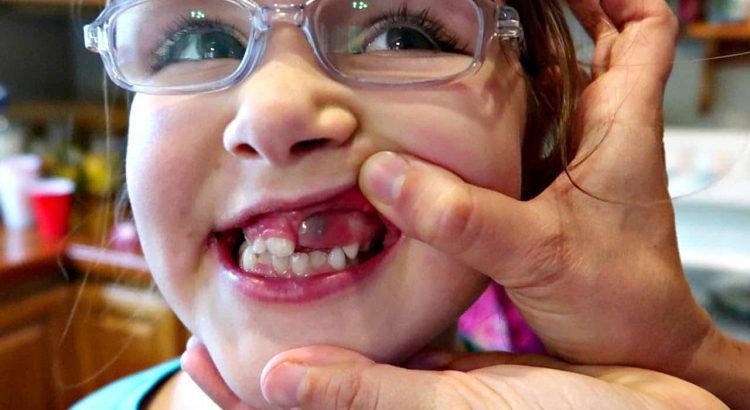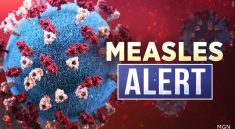DiYES International School – Eruption cysts are common dental issues in children. They occur when a child’s tooth is about to erupt through the gum. This condition is typically harmless, though it may cause concern for parents. Understanding the causes, symptoms, and treatments can help ease your worries. In this article, we will explain everything you need to know about eruption cysts in children.
What Are Eruption Cysts?
Eruption cysts are fluid-filled sacs that form on the gums. They occur when a tooth is trying to break through the gum tissue. These cysts are also known as dental cysts or teething cysts. They are usually found around the time when a child’s first set of teeth begins to emerge. The cysts can appear as small, bluish bumps on the gum.
Causes of Eruption Cysts in Children
Eruption cysts are caused by a buildup of fluid within the gum tissue. This fluid collects in the area where a tooth is preparing to emerge. The cyst forms when the soft tissue becomes trapped around the tooth. The exact cause of eruption cysts is not entirely understood, but they are most commonly linked to the eruption of primary (baby) teeth.
The development of these cysts is natural during the teething process. They are more likely to occur when the child’s tooth is positioned close to the gum surface. In most cases, eruption cysts do not indicate any underlying health problems.
“Read about: How to Recognize Headaches in Babies: A Parent’s Guide”
Signs and Symptoms of Eruption Cysts
The main symptom of an eruption cyst is a noticeable bump on the gum. The bump is usually soft, round, and fluid-filled. It may be blue or purple in color, although it can also appear clear or white. In some cases, the cyst can cause mild discomfort or tenderness around the affected area.
While eruption cysts are generally painless, children may experience some swelling or irritation in the surrounding gums. Rarely, an infection can occur if the cyst ruptures. This can cause increased pain, redness, or pus drainage. If any of these symptoms appear, it’s important to consult a dentist for advice.
How Are Eruption Cysts Diagnosed?
A dentist can easily diagnose an eruption cyst during a routine check-up. The dentist will examine the child’s mouth and observe the gum area where the cyst is located. In some cases, an X-ray may be taken to confirm the presence of a developing tooth beneath the cyst.
No invasive tests are typically required, as eruption cysts are straightforward to diagnose based on their appearance. Your dentist may also check for signs of infection or any issues with the tooth eruption process.
Treatment Options for Eruption Cysts
In most cases, eruption cysts do not require treatment. The cysts usually disappear on their own as the tooth erupts through the gum. The process can take several weeks to months. If the cyst is causing significant discomfort, a dentist may recommend applying warm saltwater rinses to help reduce inflammation.
In rare instances, if the cyst becomes infected or very large, it may need to be drained. This is typically done by a dentist under local anesthesia to minimize discomfort. However, such treatments are usually unnecessary, as the cysts often resolve on their own without intervention.
When to See a Dentist
Although eruption cysts are usually harmless, it’s a good idea to consult a dentist if your child experiences excessive pain, swelling, or signs of infection. If the cyst does not go away or seems to be growing larger, your dentist can evaluate the situation and suggest the best course of action.
If you notice any changes in your child’s gum tissue, it’s always safer to have them checked by a professional. Regular dental visits are important to monitor your child’s oral health and ensure the smooth eruption of their teeth.
“Read more: The Importance of Early Diagnosis for Amblyopia in Children”
Preventing Eruption Cysts
There is no sure way to prevent eruption cysts from forming, as they are part of the natural teething process. However, maintaining good oral hygiene can help reduce the risk of complications. Make sure your child brushes their teeth regularly and follows a healthy diet. Additionally, keeping the gums clean can prevent infections or irritation from developing.
Eruption cysts in children are a normal part of the teething process. While they may seem concerning at first, they are generally harmless and will resolve on their own. It’s important to recognize the symptoms of eruption cysts and know when to seek medical advice. With proper care and attention, your child’s oral health will remain strong and healthy.



